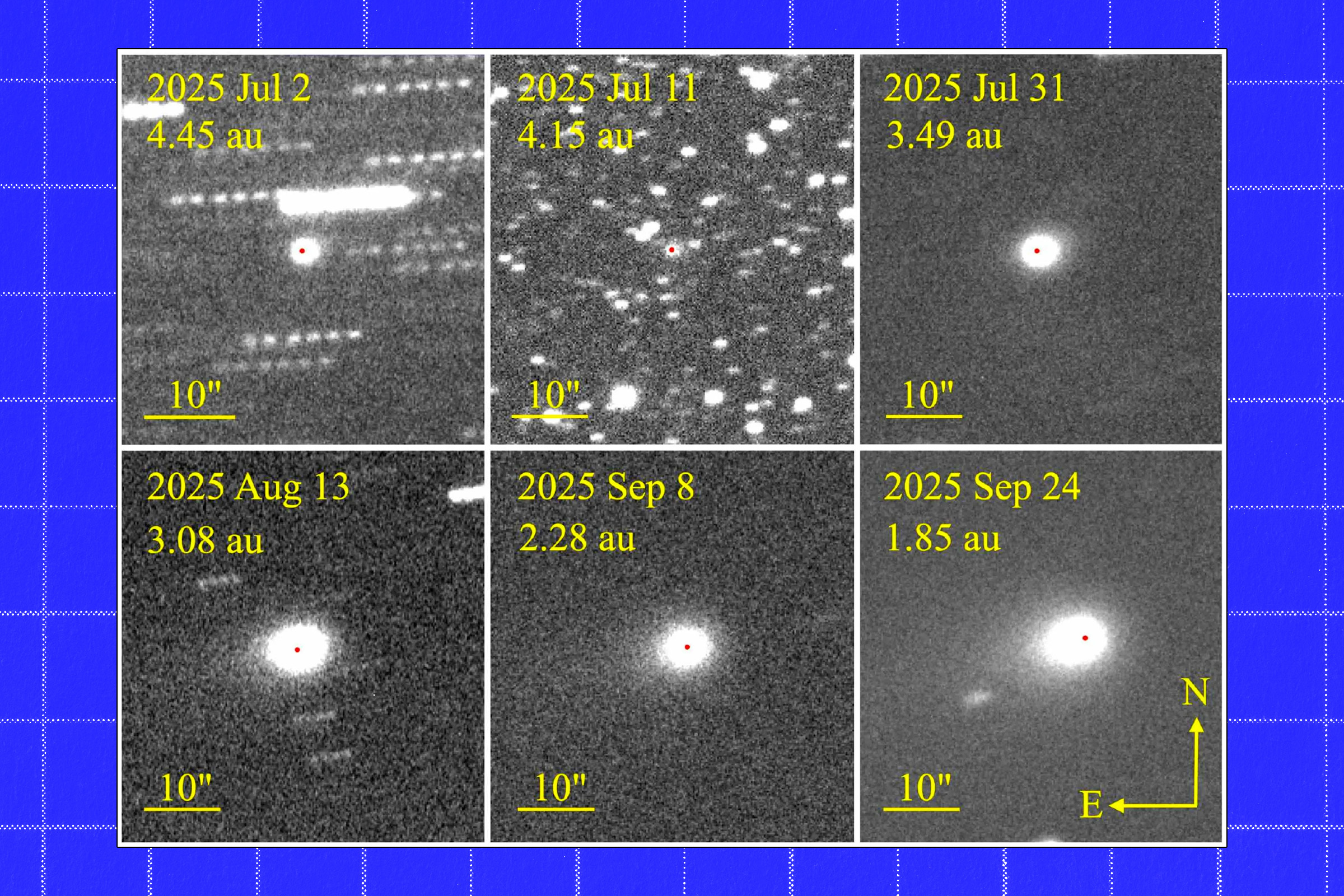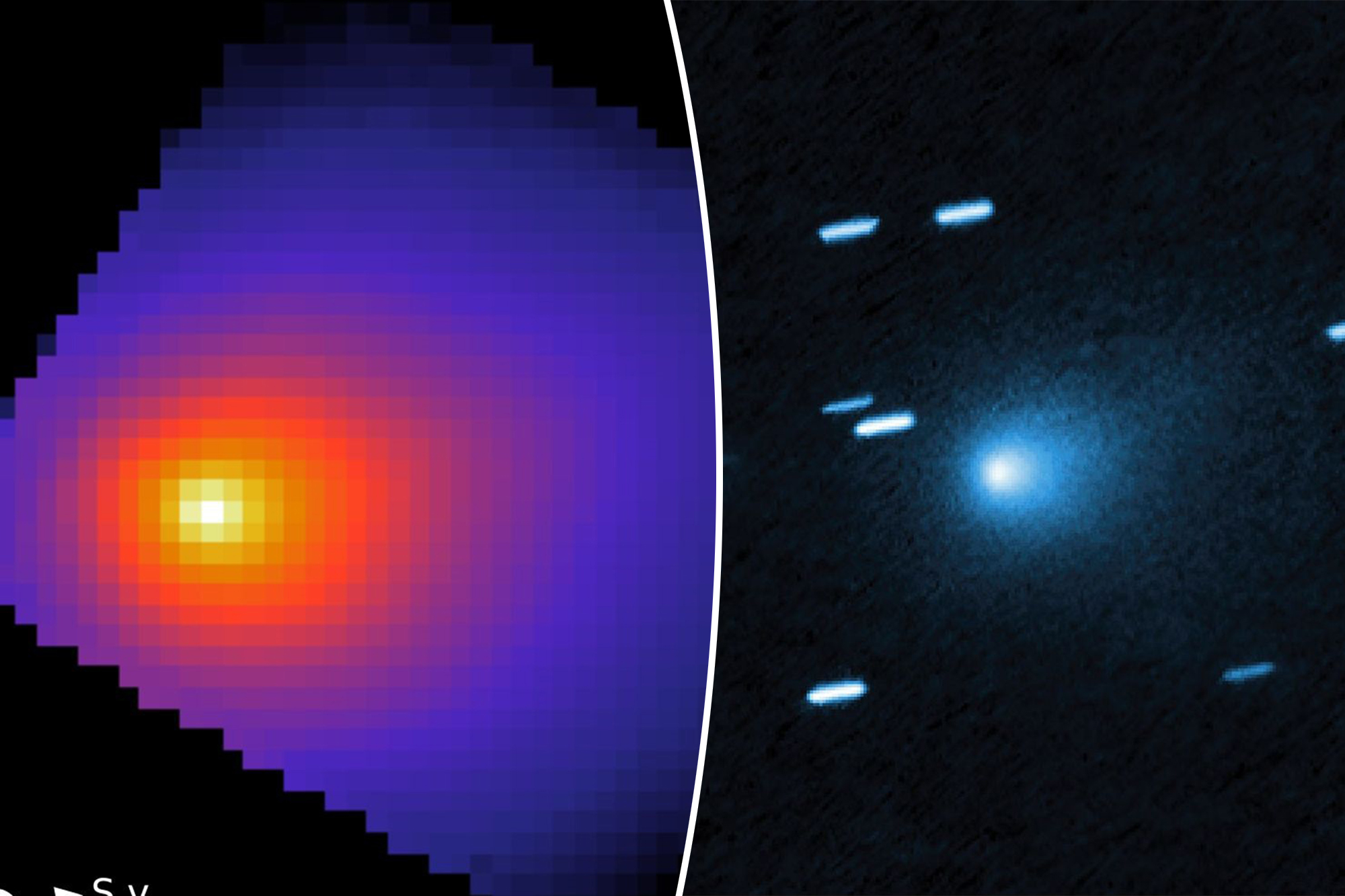A recently discovered interstellar object named 3I-ATLAS is stirring significant interest within the scientific community. This third known visitor from beyond our solar system was first observed in early July 2023. While most astronomers classify it as an interstellar comet, some, including controversial Harvard researcher Avi Loeb, suggest it may represent evidence of extraterrestrial technology.
Currently, 3I-ATLAS is hidden behind the Sun, making it unobservable from Earth for approximately one month. This temporary invisibility has led to speculation from scientists about what the object might be doing during this period. Recent observations made by the Nordic Optical Telescope, located in the Canary Islands, have revealed intriguing new data.
New Observations Raise Questions
Images captured by the telescope indicate that a debris “tail” that developed as 3I-ATLAS approached the Sun has altered direction, now appearing to point toward the Sun. This phenomenon, known as an “anti-tail,” has been documented in various comets over the years. The anti-tail effect occurs due to the changing perspective of the observer as the comet gets closer to the Sun, creating an optical illusion influenced by solar gravity.
Loeb proposes an alternative theory. In a recent blog post, he suggests that the anti-tail may signify an alien spacecraft applying “braking thrust” to extend its stay within our solar system. “If the object is an alien spacecraft slowing down, and the anti-tail is braking thrust, then this change from anti-tail to tail would be entirely expected near perihelion,” Loeb stated, referencing an idea shared by his colleague Adam Hibberd at the Institute for Interstellar Studies.
Implications for Future Research
Should Loeb’s theory hold true, the transition from anti-tail to tail could represent a technosignature, suggesting controlled maneuvering. This could imply the object is attempting to establish a stable orbit between Mars and Jupiter.
As for when definitive conclusions can be drawn, 3I-ATLAS is not expected to re-emerge until December 19, 2023. At that point, researchers will have a clearer understanding of its trajectory and whether any adjustments have been made, indicating potential alien technology or simply the behavior of a natural comet.
The ongoing observations of 3I-ATLAS not only capture the imagination of scientists but also highlight the broader quest to understand our universe and its myriad mysteries. As research continues, the implications of this interstellar object could reshape our understanding of what lies beyond our solar system.






